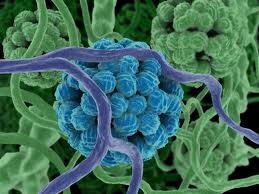1-3 B-D Beta Glucans
Why is (1 —> 3) – β – D Beta Glucan Test Significant?
1-3 B-D Beta Glucans are the “biomass” of the fungal / mold spore shell. While (1 —> 3) – β – D Beta Glucans alone are not known to cause disease, they are an inflammatory to the human body and human tissue especially sinuses, lungs, and skin. Beta Glucans have been known to deliver mycotoxins into the human body as fine and ultra-fine (< 2,5 microns) particulates that can stick to the lining of the lungs, pass through the lungs directly into the bloodstream, or are passed through the Ethmoid Sinus into the brain. The danger of the Beta Glucan is three fold:

1 If the species of fungi which produced the 1-3 B-D Beta Glucan was pathogenic, those pathogens are trapped in the Beta Glucan (mold spore shell) and harbor themselves within the human body and slowly leach their toxins into the body. Some Beta Glucans are insoluble and fibrous they tend to stay in body tissue for extended periods of time, even years, leaching their toxins into the liver, kidneys, and fatty tissues of the body.

2 The Beta Glucans as an inflammatory can also be responsible for environmental onset Asthma, COPD and other respiratory related illness.

3 Beta Glucans are documented as “trigger”, or an immune system modulator, mechanisms for certain proteins that cause disease and adverse health effects in humans and animals.
